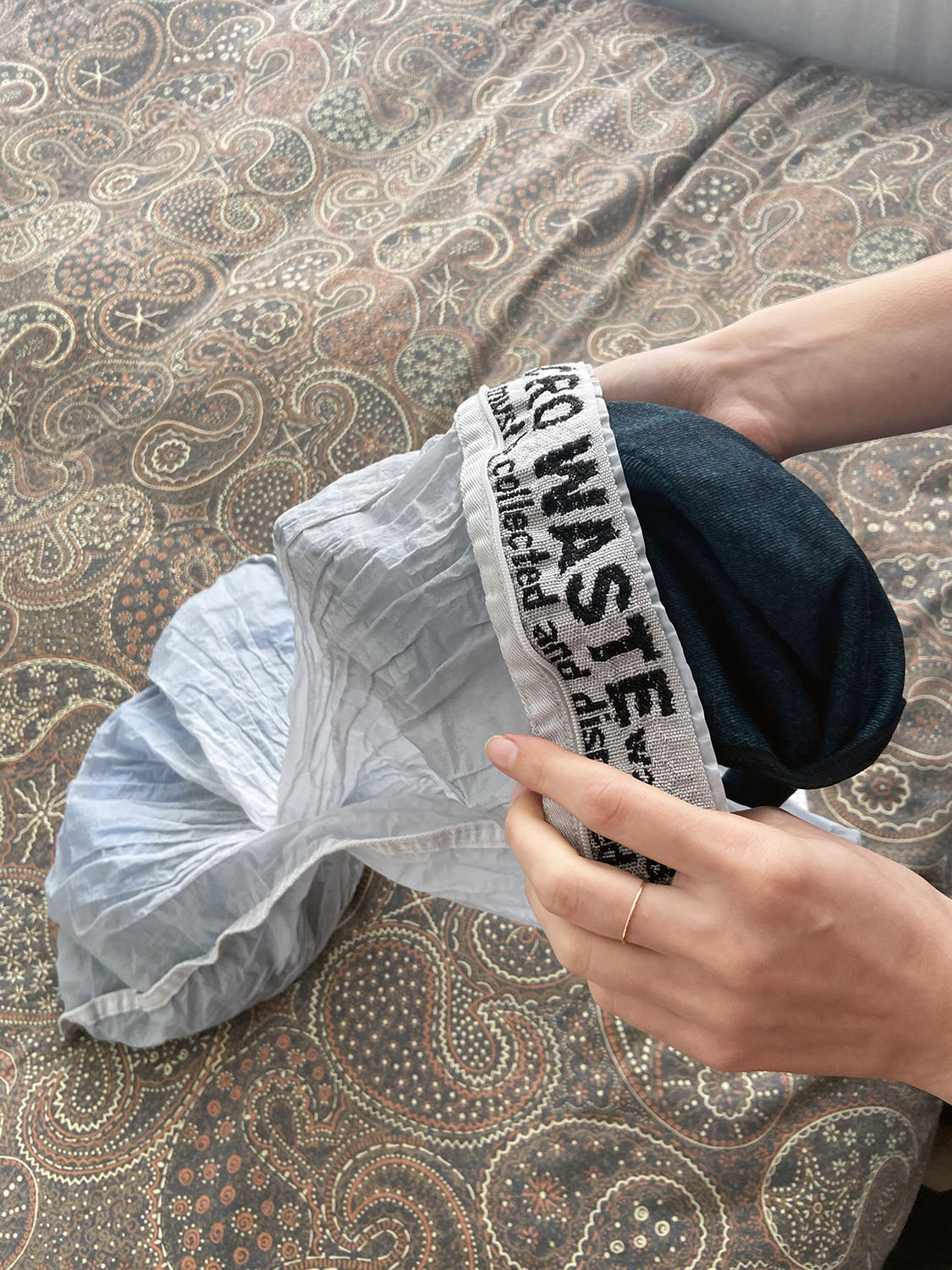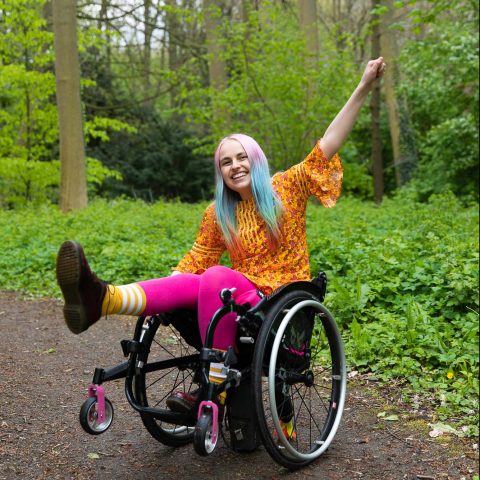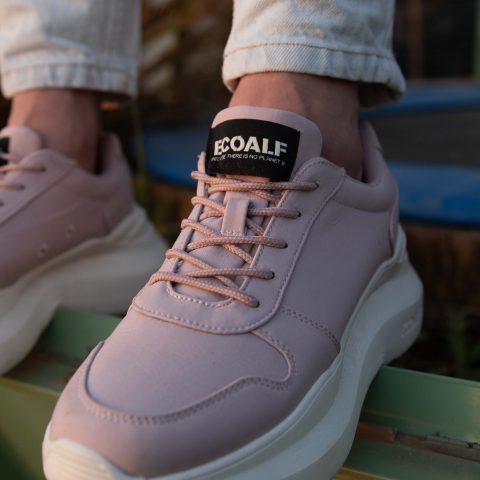In 2050 we will have more plastic than fish in our oceans. It’s shocking, right? Of course, you can bring your reusable cup when you go to your favourite coffee place to get your to-go coffee. You can choose to buy your groceries plastic-free or opt for a plastic-free shampoo bar. But did you know our clothes are part of this problem as well? And the good news is: The solution is quite simple!
Fabrics made out of plastic
Many of our clothes contain plastics like polyester, nylon, acrylic and polyamide. In fact, most new fabrics are made of plastic – up to 64% of them.
Every time we wash these materials, they shed millions of plastic microfibres that drain out of our washing machines and pass straight through wastewater treatment plants into the sea. These microfibres are so small, so you can’t get rid of them by doing a beach clean-up. Fish and other animals are eating these fibres, and that’s how the plastic from your clothes end up in our food chain.
Sustainable alternatives
That’s why I try not to buy clothes that contain synthetic fibres anymore. But in some cases, that’s difficult. How about sportswear? And how about the clothes that I bought years ago, that are already in my closet?
For sportswear, I’m looking for the most sustainable options. I haven’t found a brand that produces sportswear out of natural fibres yet (but tips are more than welcome!). So, for now, I’m focussing on brands that produce their clothes ethically preferably from recycled materials. For example, EcoAlf is one of those sustainable brands that upcycles waste from the ocean into beautiful sports tops and leggings. Opinions are divided about how sustainable it is to recycle plastic waste into clothing. Still, as long as there’s no better alternative – I think it’s better to fish that plastic out of the oceans and reuse it.
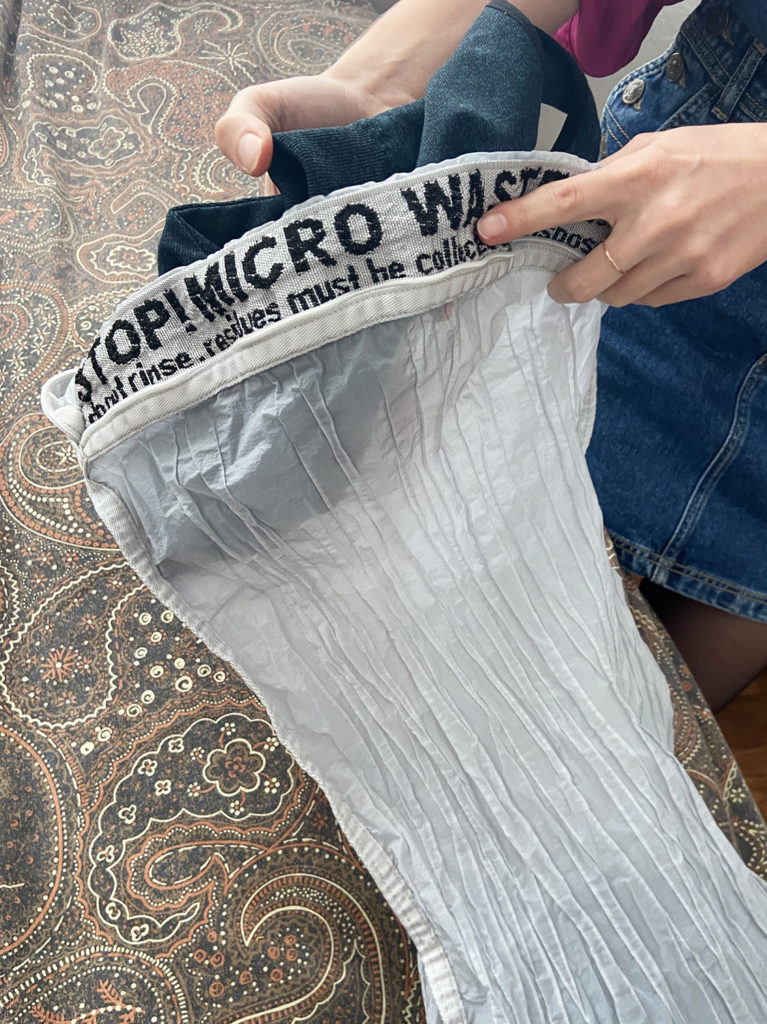
How to wash your synthetic fibres
Sometimes it’s hard to avoid synthetic fibres. How can we prevent that these microplastics end up in our oceans? Therefore I use my guppyfriend washing bag! The mesh is made out of monofilaments, which are more like sticks than threads, and thus does not release fibres itself. You can put all your clothes that contain synthetic fibres in this bag and put it in your washing machine. And it works: Every time I use it, I find the threads bunched up in the corners of the washing bag. The microfibers, preferably in a closed container, can be disposed of as residual waste.
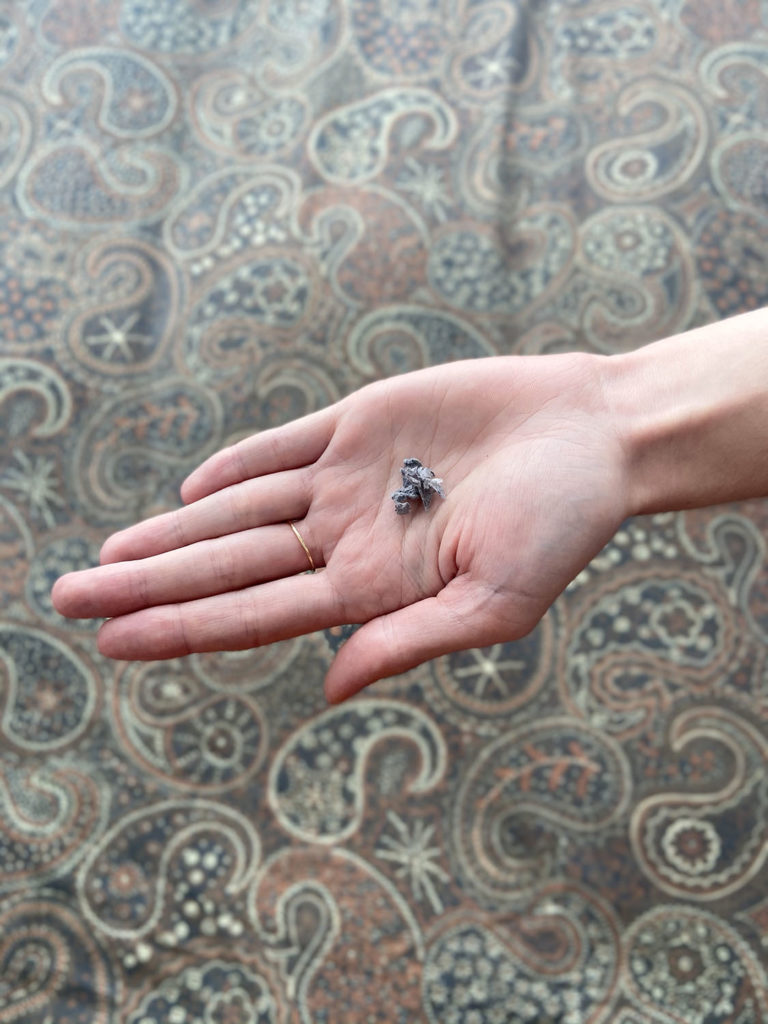
Micro fibres that will not end up in the ocean! 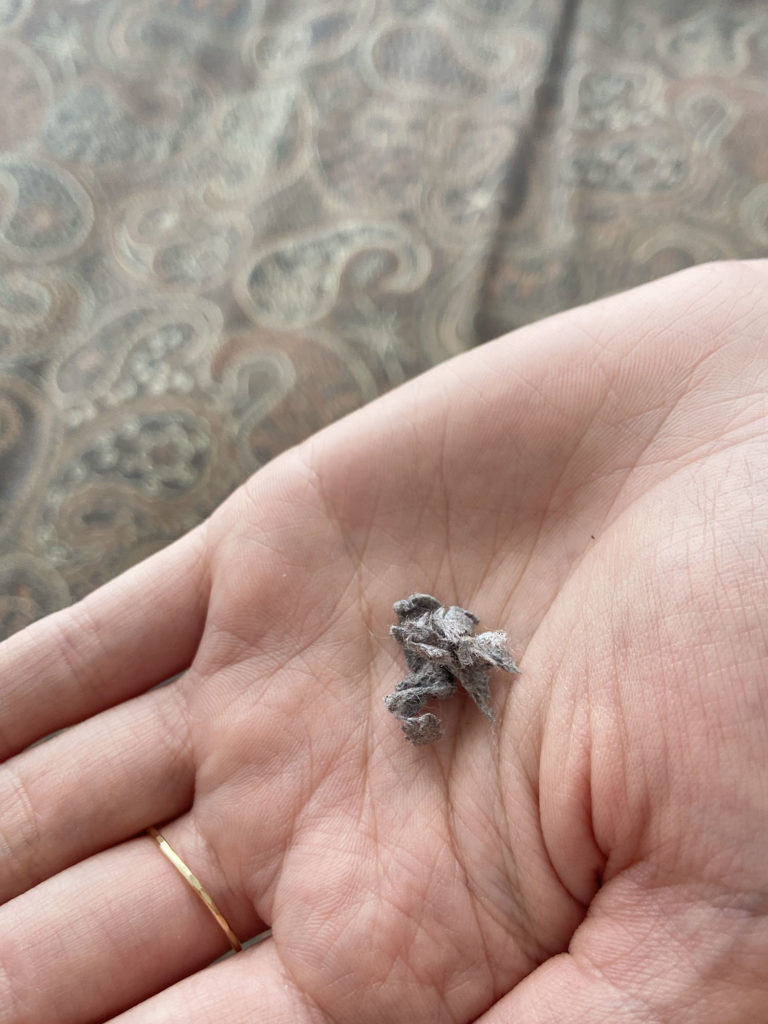
It doesn’t look very nice, but look how much it is! This is after using the Guppyfriend bag for about 5 times.
Do you have any tips for us on how to avoid microplastics when washing clothes? Share them with us!

